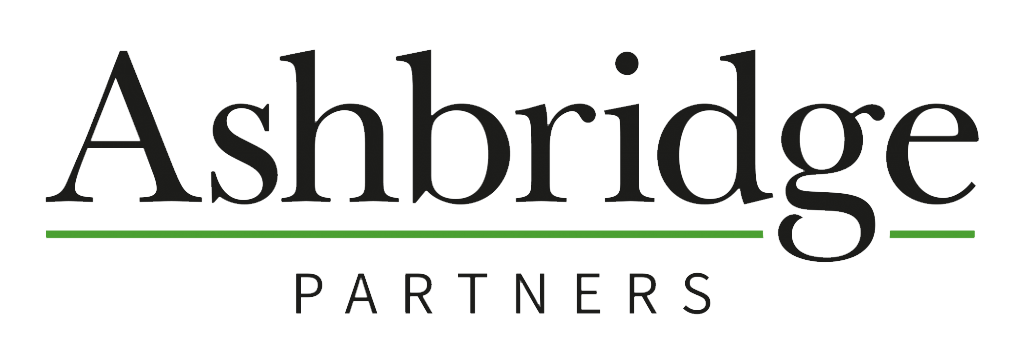The 3 New Major Risks To Borrowers – And How We Can Bounce Back

By Relationship Director, Tom Windett
A review of the government loan schemes and how they have impacted the future of high street lending
The loan schemes implemented to support businesses through the pandemic have generally been a successful intervention by the government. Now, almost 12 months on, we look at the picture for borrowers looking forward to the recovery.
Boris Johnson’s four step plan, announced 22nd February, sets out the roadmap to ending lockdown restrictions by 21st June. With support measures delivered through the Chancellor’s March Budget, it provides much greater certainty for UK businesses.
As business owners start to factor in what this means for them, at some point, their focus will move to funding. Whether businesses have been mothballed completely, been scaled-back, had expansion put on hold, or where there are new opportunities presented by a changed marketplace, one thing is for sure: growth and recovery will require finance for working capital and investment into property, plant & equipment, staff and marketing.
Throughout the pandemic, we have seen unprecedented levels of government intervention, with the Coronavirus Business Interruption Loan Scheme (CBILS) and Bounce Back Loan Scheme (BBLS) being deployed by lenders to support businesses impacted by the lockdown.
But what does that mean for business now, as we look forward to the rest of the year?
 3 Signs of Risk to Finance Availability
3 Signs of Risk to Finance Availability
The Budget outlined revisions to a number of these support measures, including the new Recovery Loan Scheme (replacing CBILS and BBLS), but we also see clear risk signs in the market which may impact on the availability of finance over the course of the rest of 2021
1. An Escalation Of The Lending Application Workload
As we approach the 12-month anniversary of the launch of CBILS and BBLS, and more importantly, the current scheme deadline of 31st March, we have been speaking to lenders to get a flavour of the market.
The common theme is that there is an expectation of significant workload coming down the track, both for borrowers with existing loans, and businesses seeking to ‘beat the deadline’ for new loans.
Those businesses with CBILS and BBLS loans already in place will soon start to transition from the initial period where interest cost was met by the government, to a repayment of capital and interest.
For many businesses, this will be manageable, but for some it will be at a point before they have been able to fully open again, or even at all, and while they may be able to extend or restructure existing loans, or indeed apply for finance under the new scheme…
- this will inevitably be a time-consuming process for lenders
2. Businesses Have Taken Advantage and the Cost of Fraud
We may also start to get a feel for the true level of default and fraudulent applications once repayments kick in, and lenders are more able to enforce against borrowers. The Public Accounts Committee estimates that losses may be between £15 and £26 billion as a result of businesses not being able to repay the loans and through fraudulent claims, with much of these losses seen in the Bounce Back Loan Scheme, due to the lower level of due diligence involved.
At the launch of these schemes, we saw just how stretched bank resources became in administering them, and there could well be a similar impact through the middle part of this year as the anniversary approaches and requests for extensions and restructures come in.
How will banks assess credit applications now, in light of the past 12 months data? Our lender contacts are telling us to expect:
- a more involved credit process
- more detailed sensitivity analysis
- challenges around assumptions
- investigations into fraudulent claims
- the potential for significant backlog in bank processing capacity
3. The Challenge For New Borrowers
We are in the middle of bank reporting season, and all eyes will be on how the UK’s lenders have fared through the pandemic, and what impact is likely to be felt into this year. Over the past 9 months, the 5 largest High Street lenders (Barclays, Lloyds, HSBC, NatWest and Santander) have raised almost £20bn in provisions against loans that may go bad.
While this figure is driven by an accounting requirement – and doesn’t represent the actual amount of loans which will default – nonetheless, bank credit teams will be focused on monitoring their loan book, trying to spot signs of stress as early as possible, and dealing proactively with borrowers in financial difficulty. These are all essential actions in preventing large-scale losses, but the result is:
– a shift in focus away from new business
– resources being applied to manage existing borrower exposure.
 Businesses tend to fail coming out of a recession more often than going into one
Businesses tend to fail coming out of a recession more often than going into one
There is an old adage in banking:
“businesses tend to fail coming out of a recession more often than going into one”
and that is probably truer of this period than ever.
Why?
Because the rapid shutdown going into lockdown, and the support measures in place since, have helped a lot of businesses to preserve cash to a far greater degree than would otherwise have been the case.
Through the second half of this financial year, those measures unwind and the repayment of loans commences, Furlough support reduces and HMRC Time to Pay arrangements kick in, all at a time when restrictions are ending and businesses start to trade again; working capital is stretched, cash becomes tight, and businesses have no liquidity.
If the above all sounds a bit pessimistic, then there is also plenty of reassurance to be had;
- Banks have been, and will remain, open to new business applications. Unlike in the last recession, they are well capitalised, have the capacity to absorb these potential losses and there remains significant liquidity in the market, including among the non-high street bank and alternative finance market.
- There is also plenty of evidence to support the theory that the economy will recover strongly through the second half of the year as pent-up consumer demand is released – consumer credit is at the lowest level in four years, suggesting capacity is there for spend on holidays, car finance and other goods which have been deferred through the lockdown.
- The message is clear – the door is open to good quality applications, from strong borrowers who can demonstrate a viable strategy, but they, and their advisors, need to plan well ahead to allow for increased due diligence, greater credit scrutiny and longer completion time-frames to ensure they avoid falling foul of the above issues.
- The OECD predicts an impressive 5.1% rise in UK GDP this year
The Organisation for Economic Cooperation and Development (OECD), said the recovery from the pandemic has been “faster than expected”. The global outlook is also faring better than expected, expected to rise by 5.6% in 2021, up from a previous forecast of 4.2%. The future is looking bright.
We have the experience, market awareness and relationships with lenders to avoid those risks becoming a reality, and can demonstrate a number of recent examples where we have been able to assist.
To find out how we can support you or your clients, contact Tom Windett directly on 07899 052633 or tom@ashbridgepartners.co.uk to discuss in confidence.
